Curling of leaves on peppers is no less common a problem than yellowing. The reasons for this are the same both in seedlings and in adult plants, both in the greenhouse and outside. The differences lie in the different reactions of plants to these factors. The most dangerous thing is curling the leaves of pepper seedlings, as it can lead to its death.
| Content:
|
What to do if the leaves of the seedlings begin to curl
In young pepper seedlings, the leaves curl infrequently. Most often, deformations of varying degrees of severity occur.
Low air humidity
At growing pepper seedlings On the windowsill, the plants are located in close proximity to the heating radiator. The air coming from it is not only dry, but also very warm, and sometimes hot, it provokes increased evaporation of moisture from the surface of the leaf plate.
As a result, the leaves of the peppers curl. The curl can be varied: from the edges up to the central vein (boat) or spirally from the tip to the petiole. The position of the leaves does not change (unless the soil is too dry), they do not rise or fall.
|
Dry air is very dangerous for seedlings; if it is not moistened, they die. |
If the air is too dry, seedlings with 2-3 true leaves also die. In large seedlings, the lower and then middle leaves (depending on the intensity of the impact) curl and dry directly on the stem without falling off.
Preventive measures. Plants are sprayed with warm water in the morning, when there is no sun on the windowsill, and in the evening. If the air is very dry, then additional spraying is carried out in the middle of the day, but always when the sun does not shine on the seedlings. If such a moment cannot be chosen, then the crop is shaded and sprayed.
If possible, turn off the batteries at least when the seedlings are illuminated by the sun. The peppers, however, must be warm, otherwise seedlings may get sick. If it is impossible to screw on the batteries (the crop will be too cold, or it is grown in a north window where there is no sun), then hang a wet towel on the battery, which significantly humidifies the air.
Heat
More often, seedlings that are taken out to the greenhouse for a day suffer. The greenhouse gets very hot in the sun; it can be up to 40°C inside, which has a bad effect on the well-being of the peppers; they suffer from the heat. The same situation can occur when growing plants on a south-facing window.
|
Even if the soil is sufficiently moist and the air has normal humidity, at high temperatures the crop suffers from the heat. |
In the hottest time, the leaves droop, and the edges curl inwards to a greater or lesser extent, the cotyledons and lower leaves curl in a spiral. Provided there is sufficient soil moisture, as soon as the temperature drops, the leaves rise to their normal position and become elastic again.
Drooping indicates that the roots cannot cope with the need of the above-ground part for water; evaporation from the leaf plate of water is greater than its supply, so the leaves wither.
What to do
When grown on a windowsill, seedlings are shaded. If the weather is warm outside, then open a window or window and turn off the radiators. If the window cannot be opened due to cold weather, then the seedlings are taken to a cooler windowsill or simply removed from direct sun.
In a greenhouse, it is sometimes impossible to simply open the windows, because the temperature outside is too low and the influx of cold air can negatively affect the seedlings.
In this case, they install arcs, cover the plants with spunbond and open the windows.In such conditions, although it will seem that it is hot in the greenhouse, the influx of cold air will create a normal temperature for the peppers.
Unsuitable soil
Curling and yellowing of leaves often occurs when the crop is grown on soil brought from the country. Clean garden soil is not suitable for seedlings (it’s not for nothing that special soil is made for it). Plants suffer from a complex lack of nutrients.
In seedlings, this is expressed in yellowing and curling of the leaves either in a spiral (cotyledons and the first pair of true ones), or bending along the central vein and slightly twisting downwards (the leaves acquire a groove-like shape) and are pressed against the stem.
|
It is better to grow seedlings in specially prepared soil, then there will be fewer problems with them |
Enforcement measures. The crop is fed with complex microfertilizer “for tomatoes and peppers.” First, water it well so as not to burn the roots with fertilizer, and then fertilize it. If the soil is unsuitable, the problem will accompany the growth of the crop until it is planted in the ground, so fertilizing is carried out after each watering.
Lack of sunlight
For normal growth and development, peppers need sun, which is often not enough during the initial growth period. Even backlighting does not completely solve the problem, especially in the northern regions.
This is especially evident when cloudy days come after sunny weather. The central vein of the leaf continues to grow, but the growth of the leaf blade itself stops.
As a result, the leaf bends along the vein and curls downwards in a groove-like manner, becoming tuberculate. The leaf color does not change. It happens that the lateral veins grow faster. Then the sheet is deformed at the edges.
|
Uneven growth occurs only in young leaves. |
What to do? Nothing. When sunny weather sets in, the leaf blade will catch up with the vein and the leaf will take on its normal shape.
Pepper leaves curling in a greenhouse
In a greenhouse, pepper leaves most often curl due to a lack of nutrients, extreme heat, and improper watering.
Lack of elements
After planting in the greenhouse, the peppers begin to actively grow and the need for macro- and microelements increases significantly compared to the seedling period. Therefore, the crop experiences a deficiency of them, especially on poor soils.
|
Potassium deficiency. The leaves curl upward. Along the edges they turn yellow, dry out and crumble. The degree of expression depends on the deficiency of the element. In severe cases, the leaf blade curls tightly upward and dries out completely. |
Fertilize with potassium sulfate. For the fastest possible effect, in severe cases, spray with potassium nitrate (1 tablespoon/10 liters of water). If there are no fertilizers, they are fed with ash, preferably an extractor, since this ensures the fastest absorption of potassium. If there are no new symptoms, stop feeding, since excess potassium leads to magnesium deficiency.
Phosphorus deficiency. The leaves become dark purple (almost black) in color and curl into a boat. With severe deficiency of the element, they rise vertically and are pressed against the stem. By the way, not only leaves, but also fruits can change color. They become dark or brown with a purple tint. As the symptoms of phosphorus starvation intensify, the blackening of the fruit gradually rises higher.
|
Some people confuse phosphorus deficiency with magnesium deficiency, but the symptoms are completely different.With phosphorus deficiency, the entire leaf blade changes color, while with magnesium deficiency, brownish-reddish (sometimes yellow) specks appear that do not cover the entire surface of the leaf. |
Troubleshooting. Fertilize with superphosphate (3 tbsp/10 l), water at the root. On phosphorus-poor soils, fertilizing is carried out throughout the growing season, since the crop tolerates quite a lot. In addition, phosphorus affects root development; with its deficiency, growth retardation is observed, which in the middle zone leads to complete loss of yield.
Lack of magnesium. More often it occurs not on its own, but with an excess of potassium in the soil. Potassium impairs the absorption of magnesium. With a lack of magnesium, the roots suffer, which is reflected in the above-ground parts. The leaves between the veins acquire a yellowish-brown tint, sometimes darken with a predominant marble color, curl and dry out.
|
The veins initially remain green, but as the deficiency increases, they acquire a yellowish or brownish tint. |
To eliminate the deficiency, plants are fed with magnesium sulfate or magnesium-boron fertilizer.
Apical rot
With a severe calcium deficiency, not only the fruits, but also the leaves suffer, but less attention is paid to them or they are mistaken for some other disease.
With a slight calcium deficiency, only green fruits are affected. But with a high deficiency, pepper leaves begin to curl upward and become lumpy. Gradually, yellowish-brown watery spots appear on them, and the tissue seems to become thinner. These spots are not always visible because the leaves are curled. Gradually they dry out and die.
|
Foliage curl due to blossom end rot |
Prevention. Add ash and calcium nitrate to the soil or spray it with a solution of these drugs.
Heat
The heat in the greenhouse, even with normal watering during the hottest hours, causes the pepper leaves to curl from the crown to the ground. They curl up in a boat, and sometimes even curl up.
|
In this way, plants prevent excessive evaporation of moisture. |
What to do?
If the peppers are well watered and the greenhouse is open, but the leaves are still curled, then nothing needs to be done. By evening, when the heat subsides, they will look normal. There is also no need to spray. In bright sunshine, water droplets dry out and leave burns. Holes appear on the leaf blade, and the pepper reacts very painfully to any burn.
If watering was carried out several days ago, then the plants are watered. The greenhouse should be completely open on hot days.
Problems with leaves in open ground
Outdoors, the crop has much fewer problems (except for diseases and pests) than in a greenhouse. But it is not possible to grow it in this way in every region.
Curling of leaves in peppers in open ground is very rare and the main reasons are:
- excessive soil moisture
- heat
- lack of moisture.
Soil waterlogging
In the south it is often found in rainy summers. Also, plants grown on heavy soils (heavy loams) are severely affected. Peppers do not tolerate waterlogging and, especially, flooding.
When grown on water-resistant soils, after rain the water stagnates for several hours. In this case, the leaf blade becomes lumpy and edema (oedema) occurs. The edges, especially at the tip, bend slightly downward; with severe swelling, the edges curl downwards, although the leaf does not curl completely.
|
When a plot is flooded, even for a short time, the roots die and the peppers die. |
On light soils, even prolonged rains are not a problem.After the rain, it is enough to loosen the plot well, the sun will do the rest.
Preventive measures. When water stagnates in the garden bed, the crop is hilled up, making a slope towards the edge of the plot so that the water does not stagnate. If this is not possible, a canopy is built over the pepper.
Heatwave
Unlike greenhouse peppers, only the upper leaves of plants grown outside curl under normal water conditions. They can either bend slightly upward or curl into a tight tube. In the rest, the edges curl slightly upward in a boat, but the lower leaves never curl completely.
|
Yields may also suffer from the heat. Plants shed ovaries and fruits so as not to waste water on them. |
Prevention. Since the heat in the south lasts for several months, the plants are shaded. Without shading, you can lose the entire crop.
To increase the humidity around the plot, water the passages, paths, and, as necessary, the peppers themselves. Additional watering is carried out.
In the heat, there is no need to be afraid of over-watering the plants, since their water consumption increases several times.
Lack of moisture
We are talking about insufficient watering when there is water in the soil, but before the next watering the plants begin to feel its deficiency.
|
With a lack of moisture, the leaves droop (do not wither), their edges curl slightly downward. As the deficiency increases, the leaves wither and dry out. |
Preventive measures
Adjust watering. In hot weather, water the plants every other day, and in extreme heat, daily watering is possible, it all depends on the condition of the soil.
If it is not possible to provide regular watering, then do drip irrigation by placing bottles of water next to the bushes, neck down.This system prevents the soil from drying out and, at the same time, the evaporation of water from the bottle slightly increases the air humidity around the plants.
Those who want to grow peppers, but cannot provide them with normal watering, plant the crop on hydrogel. A hydrogel is a polymer that absorbs large amounts of water and then, if necessary, releases it to plants. The hydrogel is introduced into the hole when planting seedlings, sprinkled with soil so that the roots do not come into contact with it. As the root system grows, it reaches the hydrogel, grows through it and is able to take up the water contained in it. This is a very necessary substance, especially in the southern regions. It makes caring for peppers much easier.
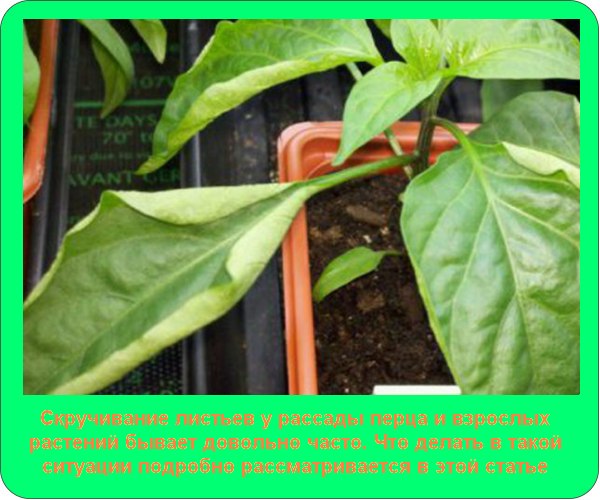
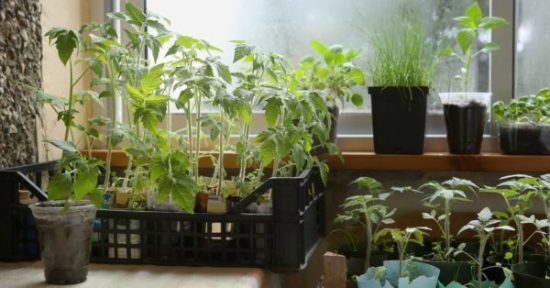
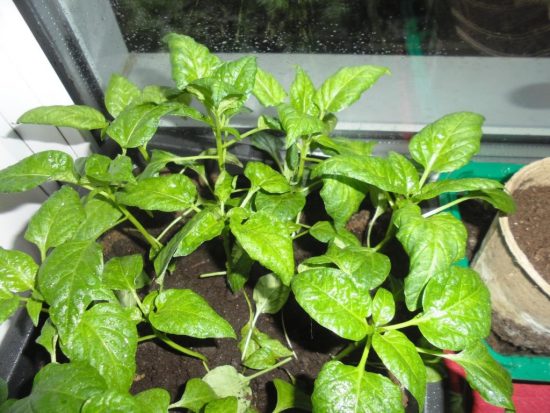
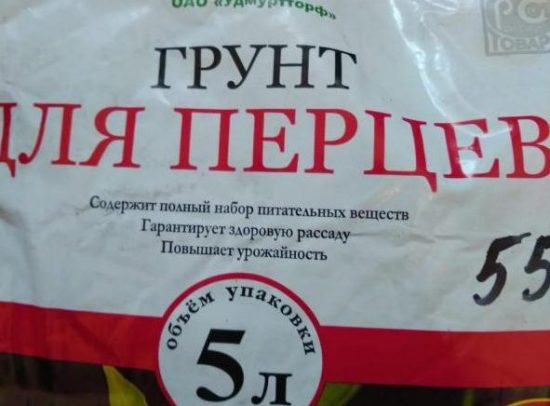
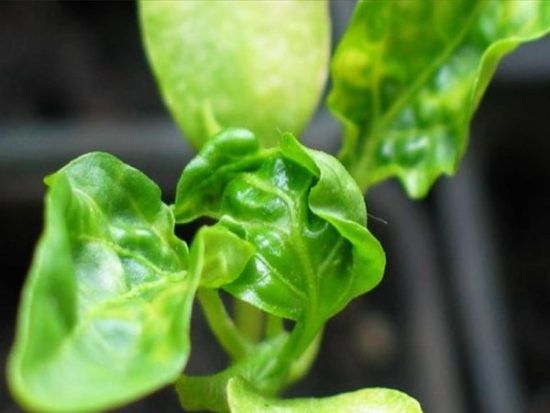
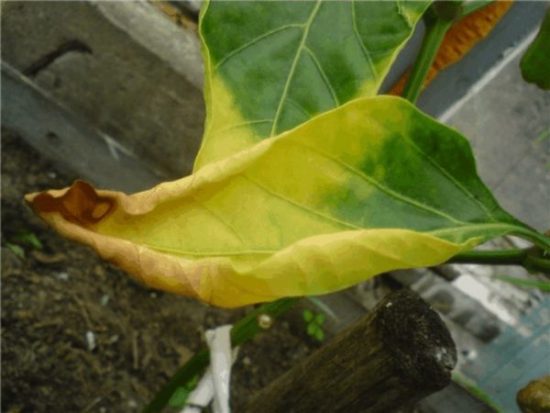
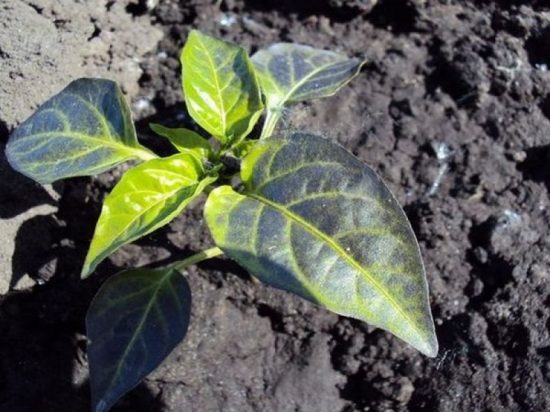
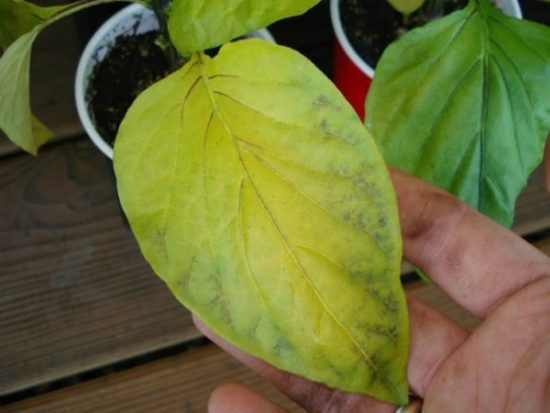
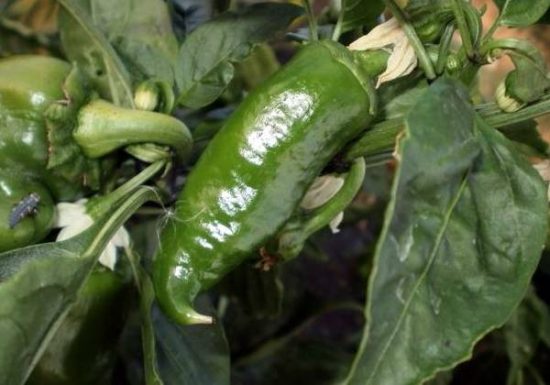
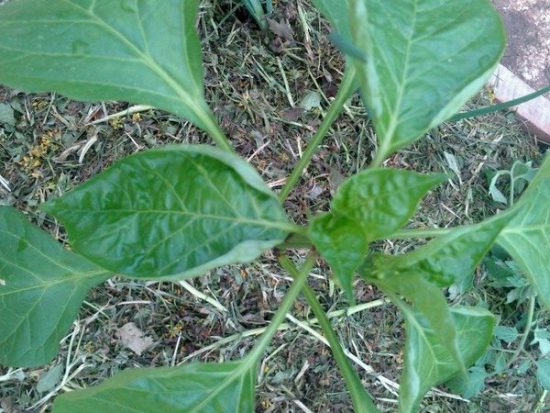
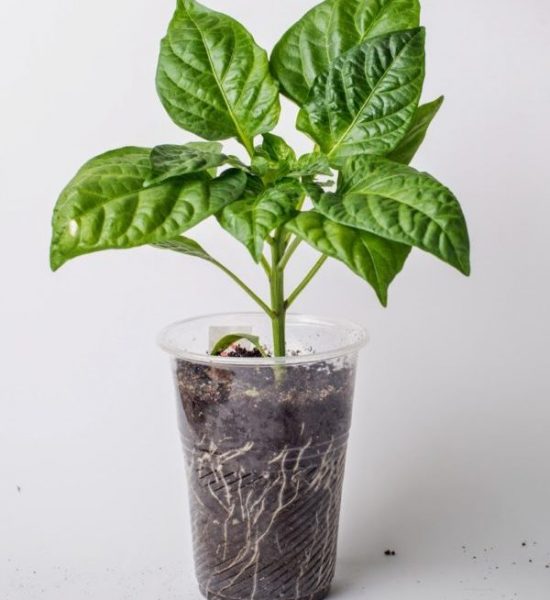
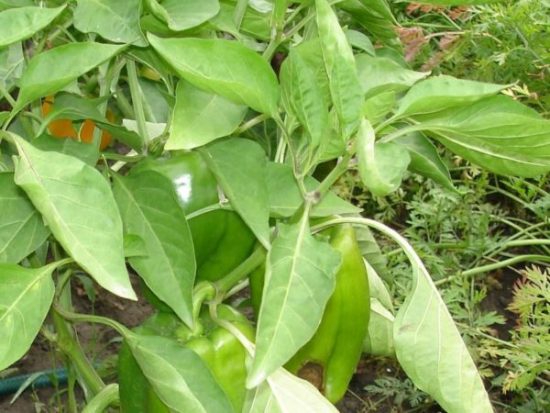
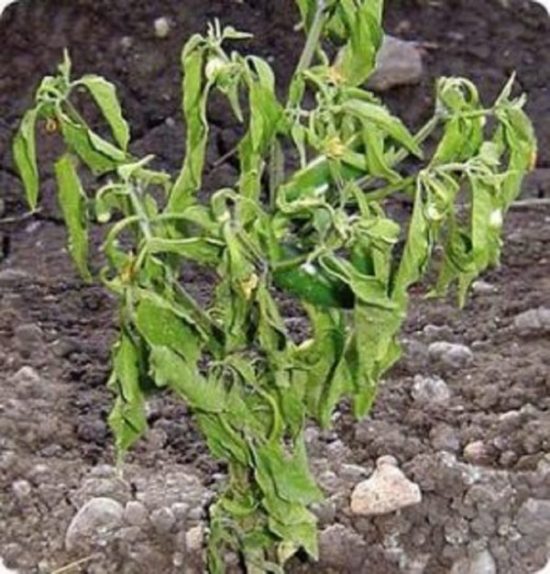

 (15 ratings, average: 4,13 out of 5)
(15 ratings, average: 4,13 out of 5) CUCUMBERS NEVER GET SICK, I'VE BEEN USING ONLY THIS FOR 40 YEARS! I SHARE A SECRET WITH YOU, CUCUMBERS ARE LIKE THE PICTURE!
CUCUMBERS NEVER GET SICK, I'VE BEEN USING ONLY THIS FOR 40 YEARS! I SHARE A SECRET WITH YOU, CUCUMBERS ARE LIKE THE PICTURE! You can dig a bucket of potatoes from each bush. Do you think these are fairy tales? Watch the video
You can dig a bucket of potatoes from each bush. Do you think these are fairy tales? Watch the video
 How our fellow gardeners work in Korea. There is a lot to learn and just fun to watch.
How our fellow gardeners work in Korea. There is a lot to learn and just fun to watch. Eye trainer. The author claims that with daily viewing, vision is restored. They don't charge money for views.
Eye trainer. The author claims that with daily viewing, vision is restored. They don't charge money for views. A 3-ingredient cake recipe in 30 minutes is better than Napoleon. Simple and very tasty.
A 3-ingredient cake recipe in 30 minutes is better than Napoleon. Simple and very tasty. Therapeutic exercises for cervical osteochondrosis. A complete set of exercises.
Therapeutic exercises for cervical osteochondrosis. A complete set of exercises. Which indoor plants match your zodiac sign?
Which indoor plants match your zodiac sign? What about them? Excursion to German dachas.
What about them? Excursion to German dachas.